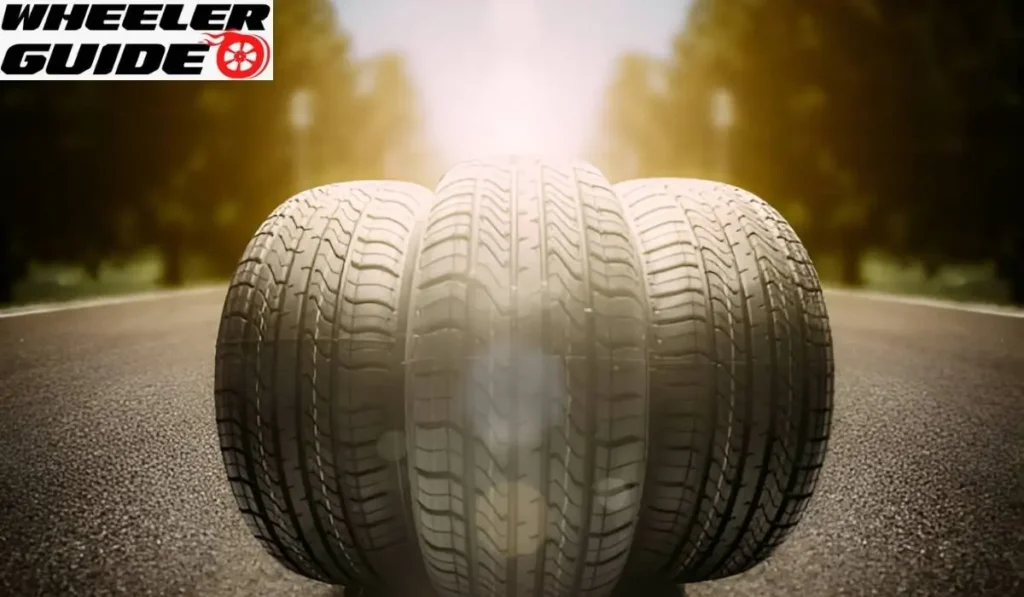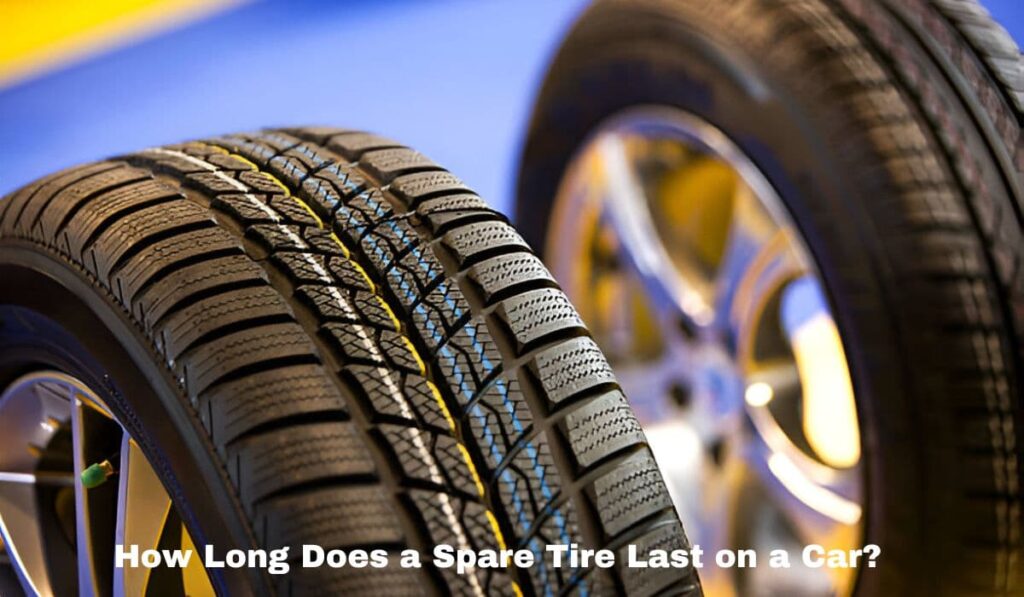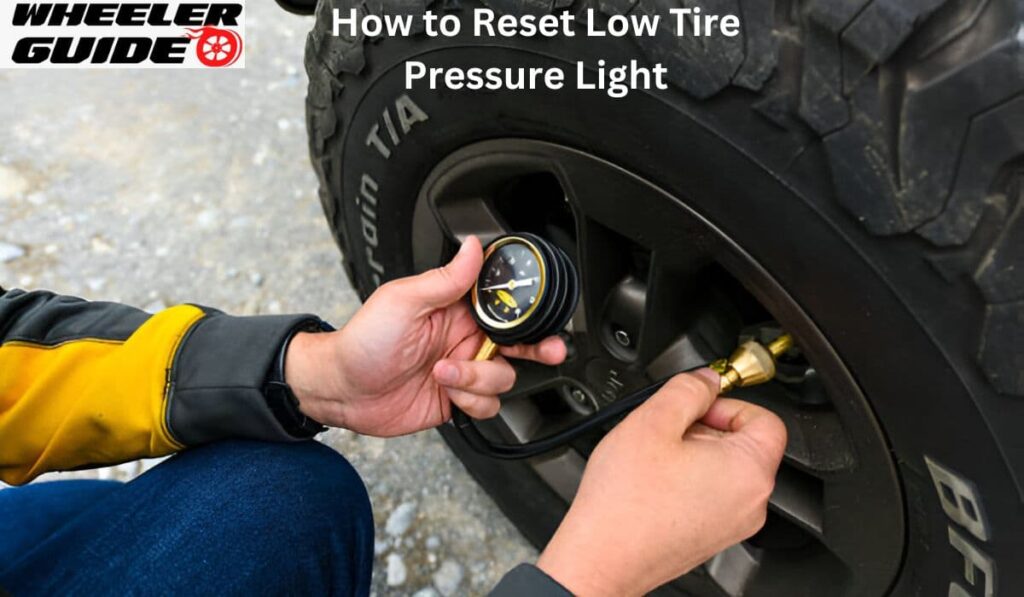Summer heat can be tough on your car’s tires. High temperatures cause air pressure to increase, leading to overinflation and uneven wear. To protect your tires from summer heat, regularly check tire pressure when the tires are cool and inflate to the recommended PSI. This simple step can extend tire life and improve safety.
Keeping tires clean and applying protection can prevent rubber damage from hot roads. Washing off grime and using a UV-blocking product helps maintain tire integrity. Parking in the shade when possible also reduces heat exposure. By following these tips, drivers can keep their tires in top shape all summer long.
Understanding Tire Composition and Heat Stress
Tires are complex structures designed to withstand various stresses, including heat. Their composition and materials play a crucial role in how they handle high temperatures.
Effects of High Temperatures on Tires
Summer heat can have significant impacts on tire performance and safety. As temperatures rise, the air inside tires expands, increasing pressure. This can lead to overinflation and uneven wear.
High heat also affects the rubber compounds in tires. It can cause the rubber to soften and become more pliable. This softening can result in faster wear and reduced traction.
Extreme temperatures may even cause tire blowouts in severe cases. The heat weakens the internal structure of the tire, making it more prone to failure.
To protect tires from the summer heat, drivers should:
- Check tire pressure regularly
- Park in shaded areas when possible
- Avoid overloading vehicles
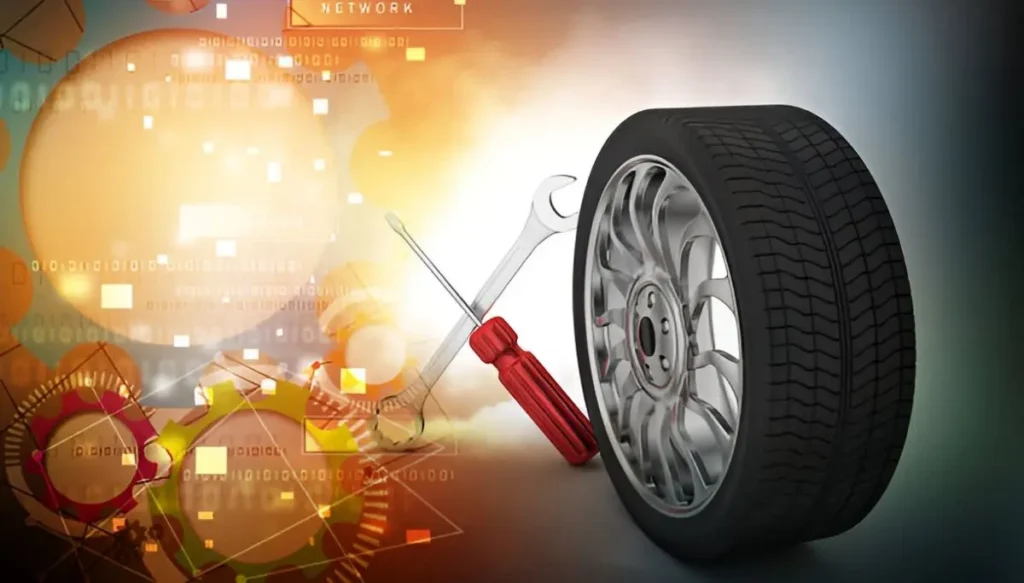
The Science Behind Tire Materials and Heat Resistance
Tire manufacturers use specific materials to enhance heat resistance. The main components of a tire include:
| Component | Function | Heat Resistance Properties |
| Rubber | Provides traction | Contains heat-resistant polymers |
| Steel belts | Reinforce structure | Help dissipate heat |
| Fabric plies | Add strength | Designed to withstand high temperatures |
Modern tires often incorporate silica in the rubber compound. This ingredient improves heat dissipation and maintains tire performance in hot conditions.
Tire engineers also design tread patterns to help manage heat. Proper tread design allows air to circulate, cooling the tire as it rolls. This helps prevent heat buildup during long drives in hot weather.
Maintaining Optimal Tire Pressure During Summer
Proper tire pressure is crucial for safety and performance, especially in hot weather. Heat causes tire pressure to rise, which can lead to overinflation and increased wear.
How to Check and Adjust Tire Pressure
Checking tire pressure regularly is key to maintaining optimal performance. Follow these steps:
- Check pressure when tires are cold, ideally in the morning.
- Remove the valve cap and press a tire gauge firmly onto the valve stem.
- Read the pressure and compare it to the recommended PSI.
- Add or release air as needed.
Tire pressure changes by about 1 PSI for every 10°F change in temperature. In summer, check pressure more often to account for fluctuations.
| Temperature Change | Pressure Change |
| +10°F | +1 PSI |
| +20°F | +2 PSI |
| +30°F | +3 PSI |
Tire Pressure Monitoring Systems (TPMS)
Modern vehicles come equipped with TPMS to alert drivers of low tire pressure. These systems use sensors to monitor pressure and warn when it drops below a certain threshold.
TPMS types:
- Direct: Sensors inside each tire
- Indirect: Uses wheel speed sensors
While TPMS is helpful, it’s not a substitute for manual checks. TPMS warnings typically activate when pressure is 25% below the recommended level, which is already too low for optimal performance.
Regular manual checks ensure tires stay at the ideal pressure, improving fuel efficiency, handling, and tire life.
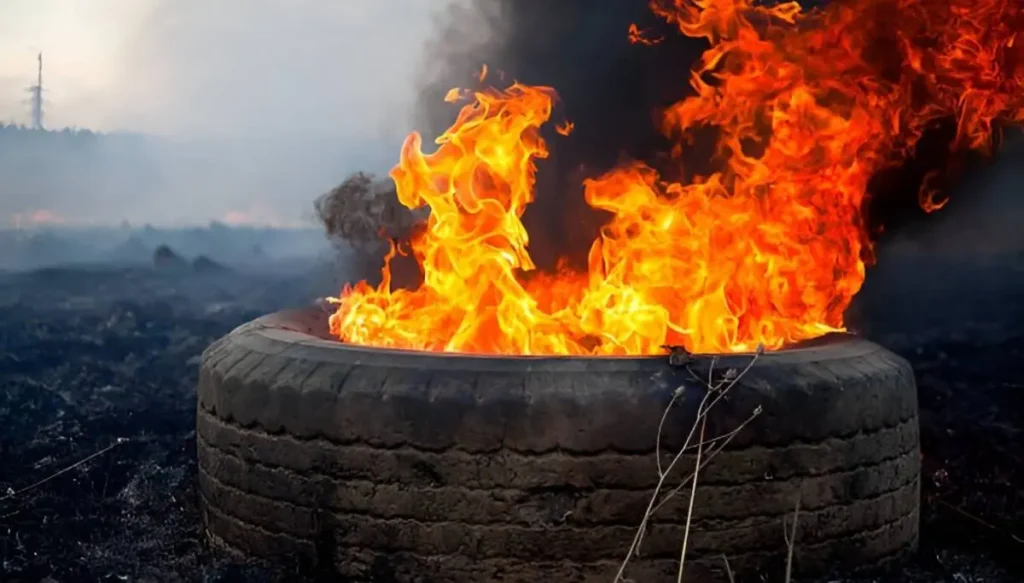
Effective Strategies to Protect Your Tires from Heat Damage
Hot weather can harm your tires. There are several ways to keep them safe. Let’s look at some key methods to protect your tires from summer heat.
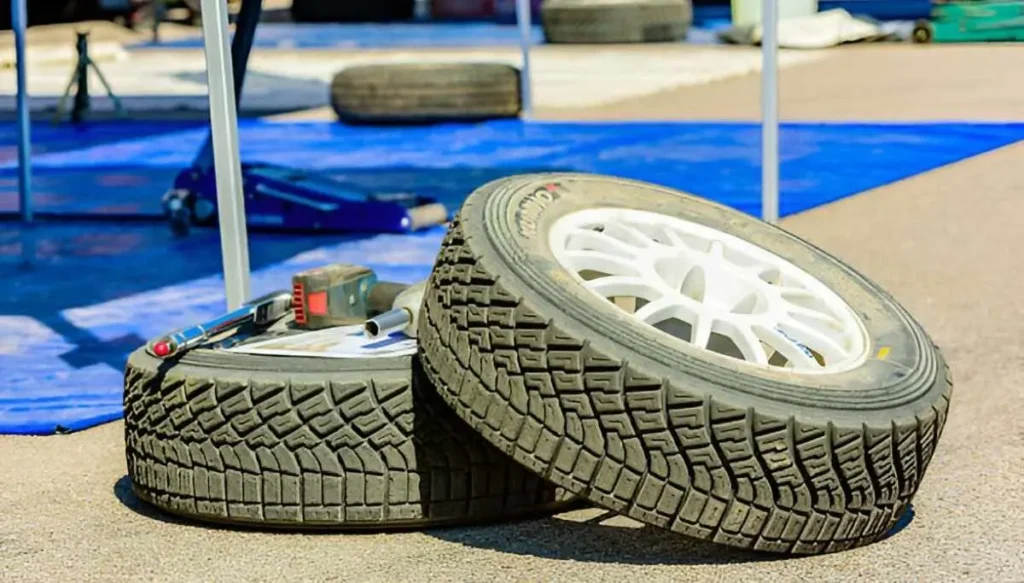
Parking Considerations and Shade Solutions
Where you park matters. Choose shaded spots when possible. This keeps tires cooler and less prone to damage. If no shade is available, use tire covers. These protect tires from direct sunlight.
Parking on hot surfaces like asphalt can heat tires quickly. Try to park on cooler surfaces like concrete or grass. At home, consider adding a carport or awning for your vehicle.
Here’s a quick guide to parking surfaces:
| Surface | Heat Retention | Tire Impact |
| Asphalt | High | Negative |
| Concrete | Medium | Neutral |
| Grass | Low | Positive |
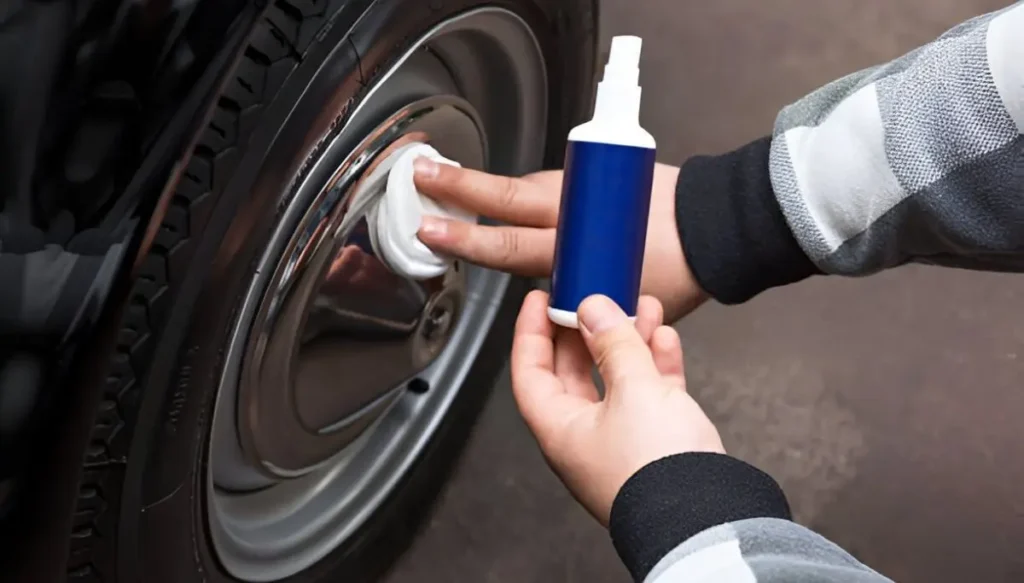
Use of Tire Protectants and Sealants
Tire protectants can help. They add a layer of defense against heat and UV rays. Apply these products every few weeks during hot months. Some protectants also help prevent dry rot. This is common in hot, dry climates. Look for products with UV blockers and moisturizers.
Tire sealants can fix small leaks caused by heat damage. They work best as a temporary fix. Always get professional help for serious tire issues.
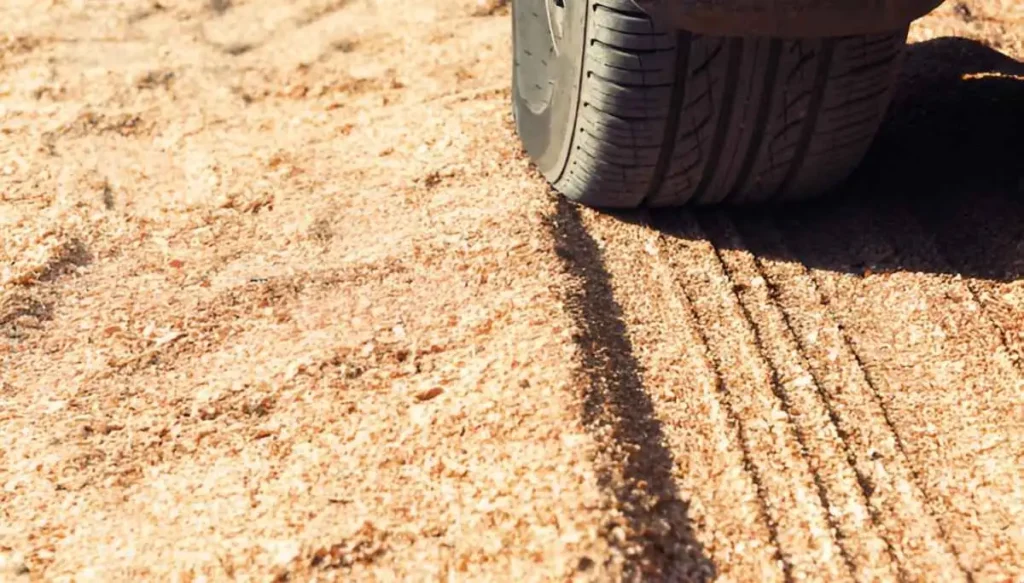
Choosing the Right Tires for Hot Climates
Picking the right tires is crucial. Some tires handle heat better than others. Look for tires rated for high temperatures if you live in a hot area. All-season tires often work well in moderate heat. For very hot places, summer tires might be best. They’re made to grip well on hot roads.
Check the tire’s temperature grade. This tells you how well it resists heat buildup. Grades range from A (best) to C (worst). Choose tires with an A or B rating for hot climates. Remember to check tire pressure often. Heat makes air expand, which can lead to overinflation. Check when the tires are cool for the most accurate reading.
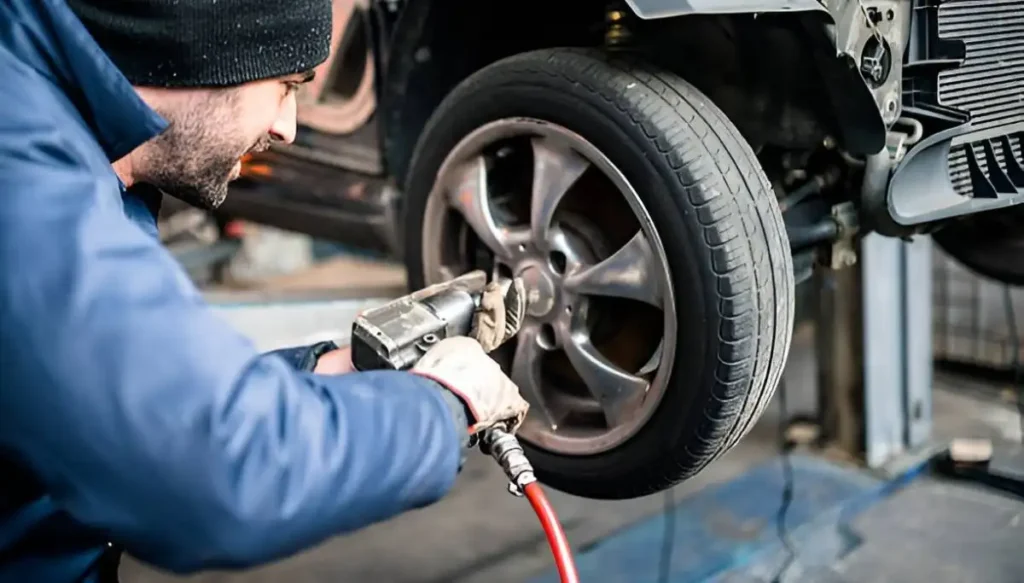
Regular Tire Maintenance and Inspection Routines
Taking care of your tires helps protect them from summer heat damage. Regular checks and proper maintenance can extend tire life and improve safety.
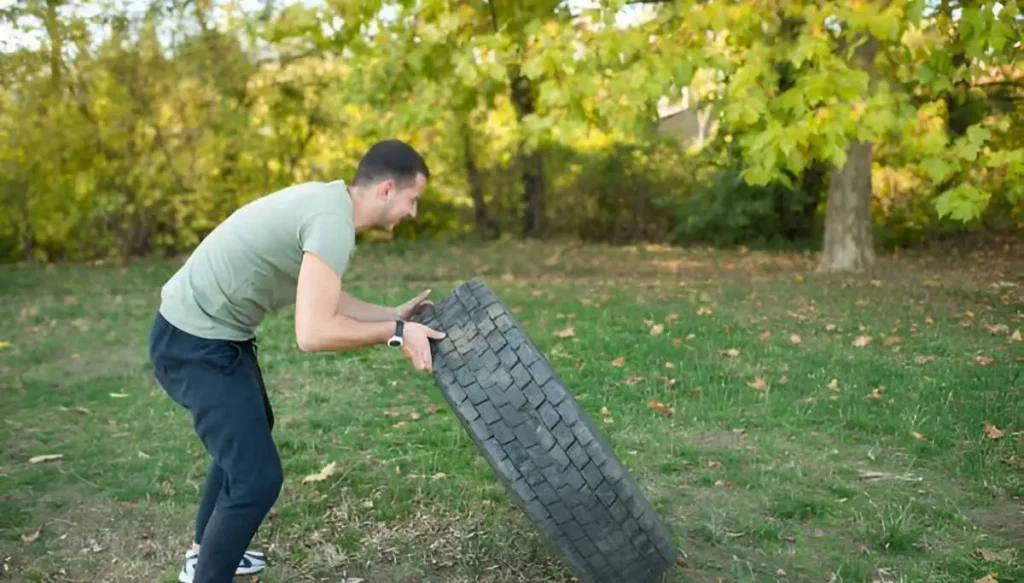
Routine Tire Rotation and Balancing
Tire rotation is key for even wear. Rotate tires every 5,000-7,000 miles. This spreads outwear and prevents hot spots from forming. Balancing tires reduces vibration and uneven wear. Have tires balanced when rotating or if you notice shaking while driving.
Here’s a simple rotation pattern for most vehicles:
| Front Tires | Rear Tires |
| Move to the opposite rear | Move straight forward |
Check your owner’s manual for the recommended rotation pattern for your specific vehicle.
Inspecting Tires for Heat-Induced Wear and Tear
Regular visual inspections can catch issues early. Look for these signs of heat damage:
- Cracks in the sidewall
- Bulges or blisters on the tire surface
- Uneven tread wear
- Excessive wear in the center of the tread
Use a tread depth gauge or the penny test to check tread depth. Insert a penny into the tread with Lincoln’s head upside down. If you can see all of Lincoln’s head, it’s time to replace the tire.
Check tire pressure monthly. Underinflated tires generate more heat and wear faster. Use the pressure recommended in your vehicle manual, not the number on the tire sidewall.
Frequently Asked Questions
Proper tire care is crucial during the hot summer months. Here are some common questions and expert answers to help you protect your tires from heat damage.
What steps can I take to keep my tires cool during the summer months?
Check tire pressure regularly when tires are cold. Park in shaded areas when possible. Use tire covers if parking outdoors for extended periods.
How does high-temperature impact tire pressure and performance?
Tire pressure increases as temperatures rise. For every 10°F increase, tire pressure goes up by about 1 PSI. This can affect handling and fuel efficiency.
| Temperature Change | Pressure Change |
| +10°F | +1 PSI |
| -10°F | -1 PSI |
What signs indicate that tires have been negatively affected by heat?
Look for cracks in the sidewalls. Check for uneven wear patterns. Listen for unusual noises while driving. Pay attention to changes in handling or vibrations.
How can I prevent sun damage to my car’s tires when parked outdoors?
Use tire covers to block direct sunlight. Park in shaded areas whenever possible. Apply a UV protectant to the tires’ sidewalls.
What is the risk of a tire blowout in hot weather, and how can it be prevented?
Hot weather increases the risk of blowouts, especially with underinflated tires. Maintain proper tire pressure and avoid overloading the vehicle to reduce this risk.
What maintenance routine should be followed for tires in hot climates?
Check tire pressure monthly. Rotate tires regularly. Inspect for signs of wear or damage. Keep tires clean and apply protection as needed.
